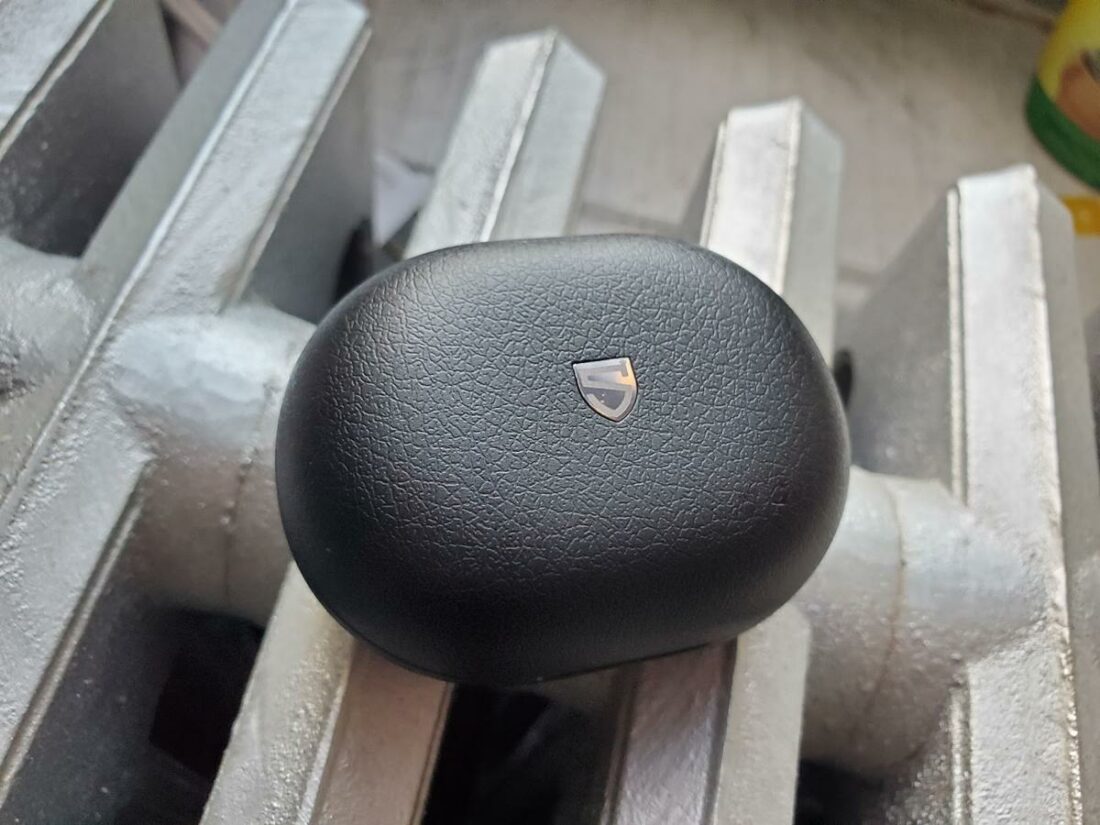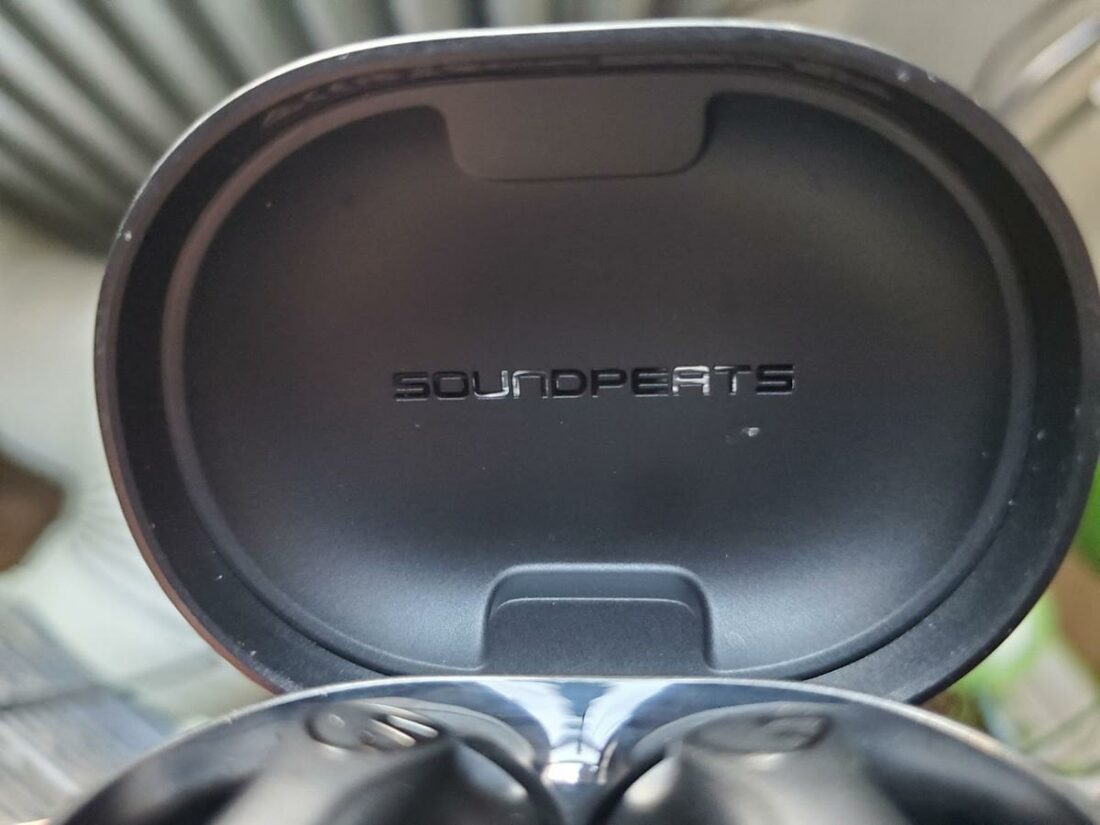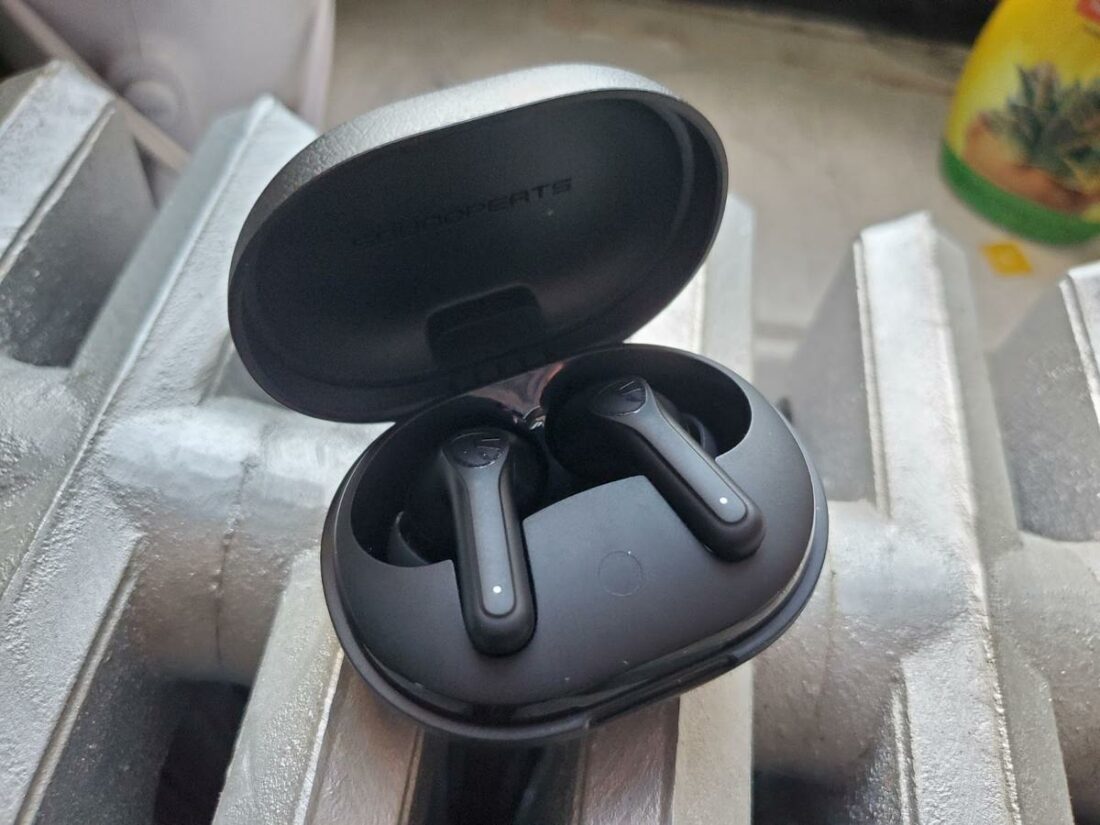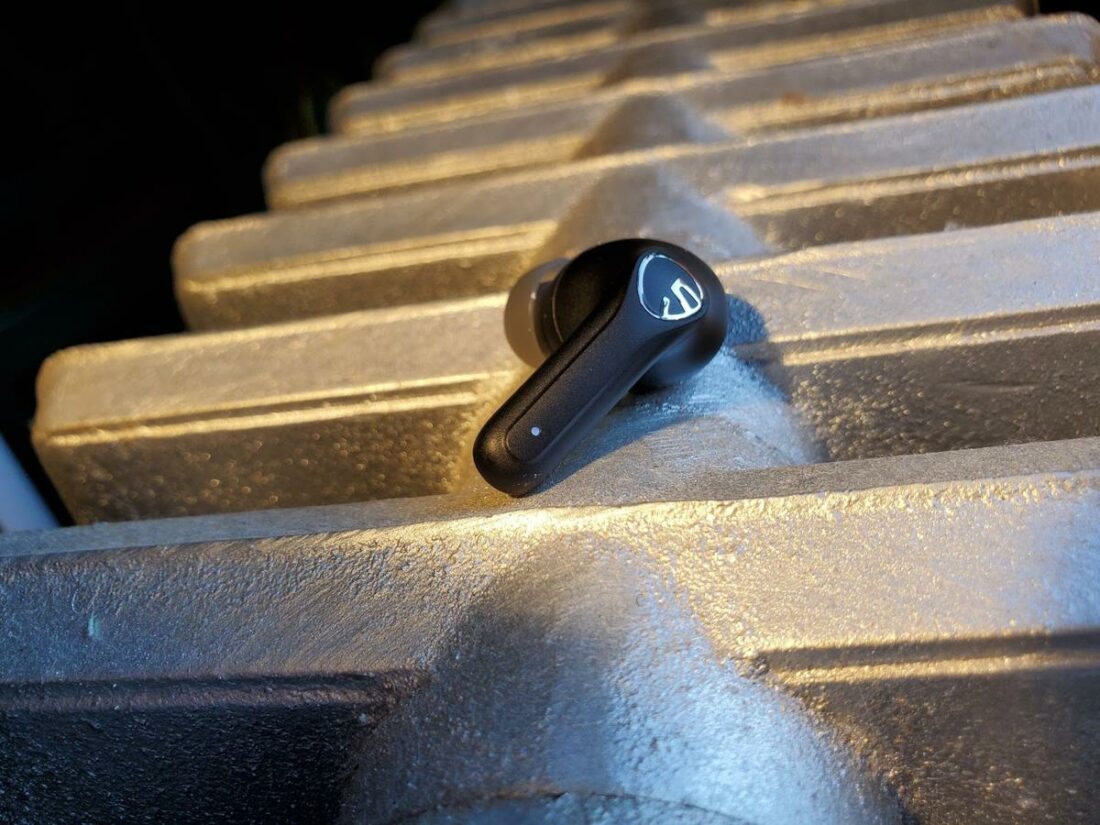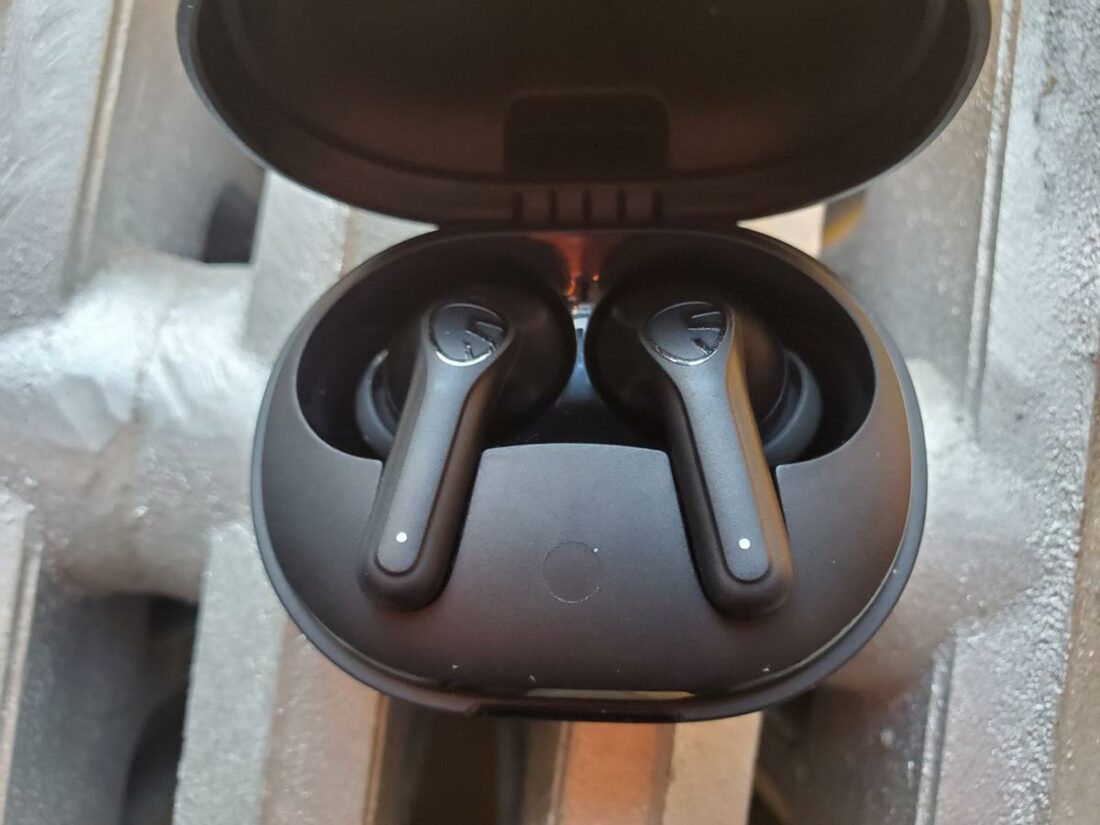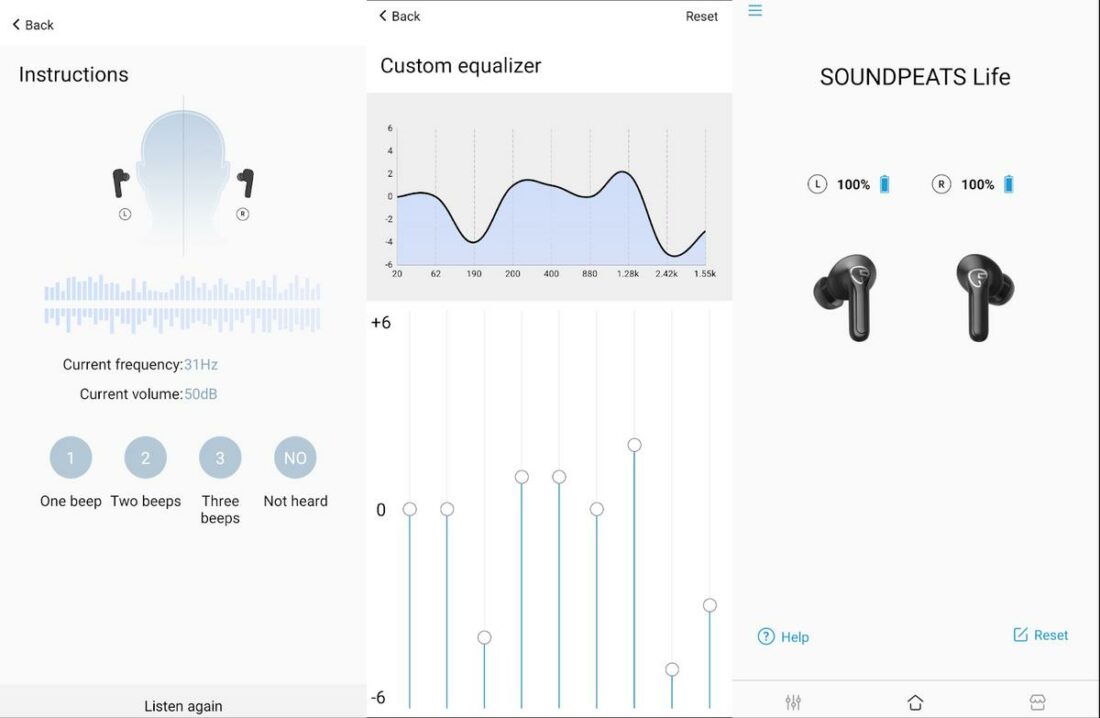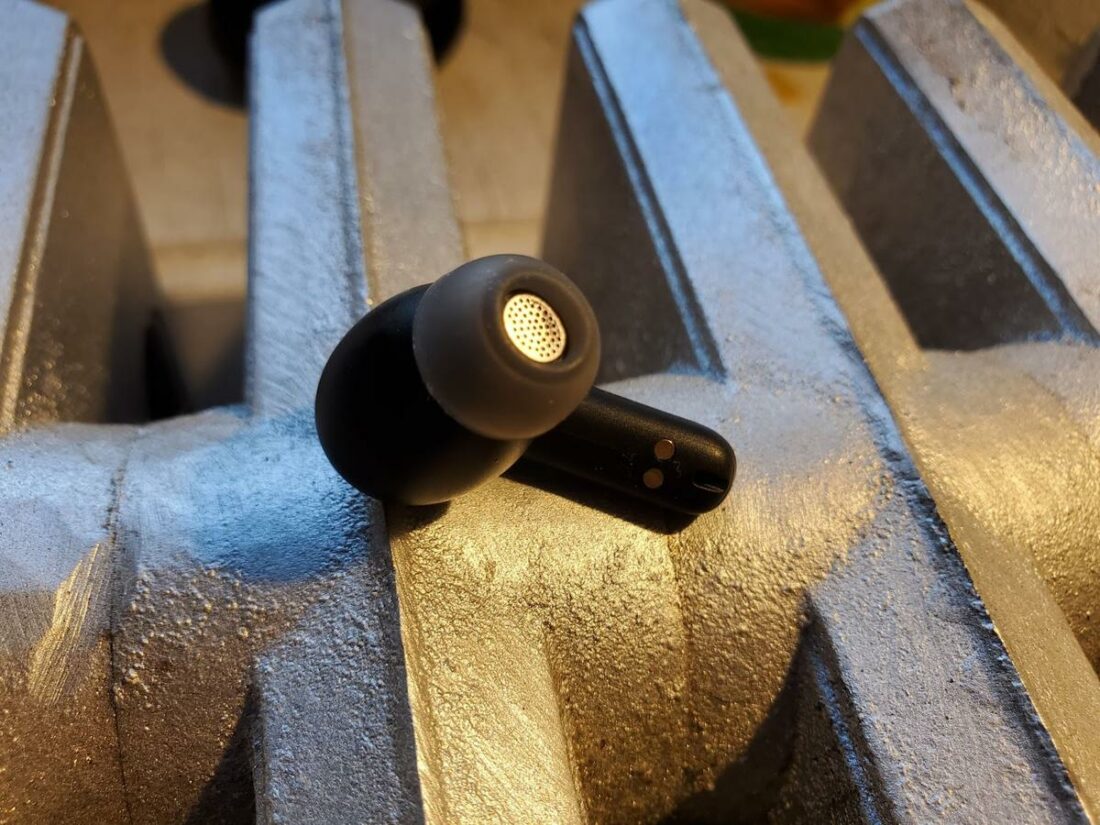An ordinary company in a cluttered market puts forth its best effort to make something extraordinary–and isn’t that just like life?
Where To Buy
Introduction
Navigate to the U.S. front page of personal audio manufacturer Soundpeats, and you’ll be greeted with a charming bit of copy–a link cheerfully instructing you to “Get a Life!” Duly noted, Soundpeats. I’m a headphone reviewer, so it’s probably something I needed to hear, but I didn’t expect it from an audio manufacturer, of all sources. Well, I unwittingly took their advice because a couple of weeks ago, the Soundpeats Life showed up at my door. And today, it’s my duty to evaluate whether you, dear reader, should join me in taking their advice. The Life is the latest in a line of Soundpeats true-wireless (TWS) earbuds and IEMs. Their last effort was the Air 3. The new Life is in the same price range but with some differences. Most notably, the form factor is slightly different, as the Life have ear tips, and the Air 3 do not. The form factor does remind me of the ubiquitous AirPods Pro, just as the Air 3 reminds me of the original AirPods. However, the price point is significantly cheaper–under USD$50 for a pair of Lifes, while the AirPods Pro are currently retailing for just under USD$250. I’ve been around the block when it comes to sub-USD$50 TWS Bluetooth earphones, and the Life does decently well, I believe, given its competition. But first, let’s take a closer look at them.
Case
Battery
Battery Life: 20 hrs Connector: Micro-USB Wireless Charging: No Battery Capacity: 460 mAh
The battery life of the Life (there’s a joke there, there just has to be) is pretty much average for its class. 25 hours in total, between the earbuds themselves and the case, with the case storing 20 hours on top of the 5 hours that the earbuds themselves can hold.
UX
Can be opened easily with one hand: Yes, though it takes a little effort Pass the shake test: Yes Light Indicators: Not charging: Green / 50-100%; yellow / 10-49%; red / 0-10% While charging: Red light breathing slowly / 0-20%; yellow light breathing slowly / 21-69%; green light breathing slowly / 70-99%; solid green / 100%
In practice, the case shouldn’t open by itself. It isn’t the easiest to open, but it’s a time-tested design that is, I have to emphasize, very typical.
Design
Shape of the case: Rounded rectangular prism/clamshell Material: Plastic Build Quality: Good
The Life’s case gives off an authoritative, sturdy air. But it’s nothing to write home about, in either a visual or a tactile sense.
Portability
Weight: 51g Portability: Outstanding
The case will easily slip into your pocket for effortless transportation. Nice!
Earbuds
Battery
Battery Life: 5 hrs Charge Time: 1.5 hrs
UX
Control Mechanism: Touch Touch Accuracy: Average Control Symmetry on both earbud: No Mono Use: No
Again, I have to confess that I’m not much of a TWS person, and the user experience is a big reason for that. Whenever I adjust the position of the earphones in my ears, it seems one of the touch controls is triggered–the volume adjusts, or the earphone mumbles “game mode” in a strangely reverberant voice, or something–and I get sucked out of my music-listening experience. But, for many, this is a feature, not a bug, and the gestural controls of the Life make sense. We have controls for skipping tracks, turning on ANC mode, turning up and down the volume, etc. It’s all documented in the user manual; everything is pretty clear and works well. The Life automatically stop playing your music when you put them in their case and close the case. They don’t automatically stop when you take them out of your ears, though.
Design
Profile: Low Material: Plastic Comfort: Good Fit: Average
These won’t be turning any heads. They are sleek and black, but they are only plastic at the end of the day, and their style is very understated. Of course, this is a trait of TWS earphones more broadly, but I do have to say, they don’t exactly fit snugly in my ears. The fit is quite loose and inspires a lack of confidence. They also leak sound quite readily compared to most wired earphones I’ve tried.
Mic
Noise Cancellation: Good Voice Pick-up: Good
When calling a friend, the sound seems clear and intelligible. The whole system is quite good at eliminating noise–when standing next to a loud fan, the recipient of my call can’t even hear the noise from the fan.
ANC
The Life do come with built-in ANC–but how do they perform? As a New Yorker, I’m blessed with a very noisy subway system that provides the ideal environment for testing ANC. Using the Life on the New York subway, I find that they are fairly good at eliminating the dull roar of the subway. However, they are far worse at damping higher frequencies, meaning the click-clack of the subway and the din of people’s conversations make it through the ANC at nearly full volume. Add to that the Life’s nearly nonexistent passive noise isolation, and I find the Life to be a somewhat below-average performer when it comes to eliminating the noise of public spaces. I definitely find myself having to turn up the volume to hear my music properly. They may fare somewhat better on airplanes and other situations where the environmental noise is dominated by low-frequency noise.
Connectivity
Audio Codec: SBC, AAC Bluetooth Version: 5.2 Bluetooth Chip: TWS200 Auto-connect when: Case cover is opened Average drop-outs in an hour: 3 – 4 times Multi-point connection: No
In practice, I never found the Soundpeats Life to have any connection problems. They stay connected after being put back in the case, which may be a problem for some, but the connection is severed when you close the case.
Waterproof
IP Rating: N/A
Sound
Driver: 12mm dynamic driver Sound Signature: V-shaped Bass: Good Mids: Substandard Treble: Good Sound Detail: Average
I have to preface this section by admitting I’ve historically held a bit of a snobbish disdain for wireless products. Generally, I find that something about Bluetooth devices causes them to have worse sound quality. It could be the need to compromise on a good power supply (a product that small can’t be expected to contain a super-powerful amplifier in each ear capsule), or it could be the Bluetooth codec itself. [bqWith Bluetooth products, you’re just not getting as high-quality sound as you get with wired products, period.[/bq] And, unfortunately, the Life are no exception. Comparably priced wired earphones easily surpass them in terms of sound quality. There is a grain to the treble and a wooliness to the bass. We have strayed somewhere that is not the territory of pure audiophilia. But, there is a bright side: I’m not sure if I’ve heard any wireless product in the sub-USD$50 price range that can top these.
Bass
What stands out to me first about the Life? Yup, the bass. Yes, these are bassy earphones–no two ways about it. Unlike the Air 3, where bass was noticeably absent, Soundpeats have read the room and given their audience what they want: present and plentiful bass representing both sub- and mid-bass in good measure. And it’s certainly prepared to give you a good wallop. The Lifes’ 12mm drivers are put to good use here: the bass hits, delivering a slammy presence right down to 35Hz, below which there’s some roll-off. That’s quite good. The trade-off: there’s some looseness in the bass. You’ll not get the tightest and most textured bass from these earphones. Sometimes, the bass can overpower the midrange or feel somewhat out of control. But we can’t expect these IEMs to take us to the moon and back. There is a cost negotiation, and I think in choosing hard-hitting bass at the expense of perfect bass texture and clarity, the engineers behind the Life showed good insight and understanding of their potential audience.
Midrange
Of course, an audio product without good (and even) midrange is doomed to fail. The midrange is where most of the musical content resides – voices, most instruments, etc. The midrange of the Life has a few compromises. The first is the bass bleed – the bass sometimes distorts and bleeds into the lower midrange, giving the whole IEM a kind of tubby, compressed sound in tracks with a lot of bass content. Often the midrange feels subservient to the bass, with (for example) a bassline coming out on top of a guitar line when the mix demands the reverse. Soundpeats accounted for this by pushing the upper midrange forward. For many genres, especially bass-heavy ones like pop and EDM, this strikes a nice balance, with the forward upper midrange lending a sense of vibrancy to the music. Unfortunately, with many other genres, this doesn’t work so well. Acoustic recordings of all kinds often sound thin, strained, and even tinny. This is not true of all recordings, and it’s not horrible, but as I listened to the Life more and more, it started to become somewhat trying. I think Soundpeats could’ve lent the midrange more of a sense of balance. There just seems to be something of a hole in the lower midrange. Unfortunately, this was probably necessary to prevent the bass from bleeding too much.
Treble
The Life’s treble can be pretty summarily described as unexceptional. It’s somewhat grainy but not obtrusive. These IEMs will not give you any exceptional level of detail, but they won’t give you a headache, either. As expected of a Bluetooth product, detail could be better. But with the forward upper midrange and lower treble, the Life at least seems to give the listener a sense of detail.
Software
Available on: iOS and Android
Immediately upon starting the software, I headed for the “adaptive EQ” option, which seemed interesting. The theory is (I think) that you’re supposed to listen for beeps, and it creates an EQ based on whether you can hear them. The problem is that the “beep” samples they’re using are very noisy, so you can hear the noisy sample even if you don’t hear the beeps. Obviously, that makes it very difficult to complete the test properly. Such a major oversight is disappointing to see and indicates to me that the software is an afterthought. There is one positive, though: I was pleased to see that the software includes a 6-band equalizer that is user-tweakable, which allowed me to bring down the upper midrange boost to a suitable level.
Conclusion
The Soundpeats Life bring with them both positive and negative qualities. Sound-wise, the Life are uncompromisingly bassy, allowing some listeners to rock out and have fun with them. The bass-forward sound signature doesn’t come at the cost of clarity, but this is a double-edged sword: I feel that Soundpeats may have tried to have their cake and eat it, too, as the midrange presence is largely due to a big peak in the upper midrange. This midrange peak does cause the Life to have a midrange sound signature that can sometimes be sharp or tinny. Regarding user experience, I don’t have any big issues with the Life. They could fit a bit better, and the app could be better designed, but they’re perfectly usable for daily travel. The ANC is definitely a welcome feature. Overall, the Life are a good option for those who like to listen to bass-heavy music on a pair of portable TWS earphones. Those who primarily listen to rock, jazz, or classical will want to steer clear, though, as the midrange timbre of the Life leaves something to be desired.
